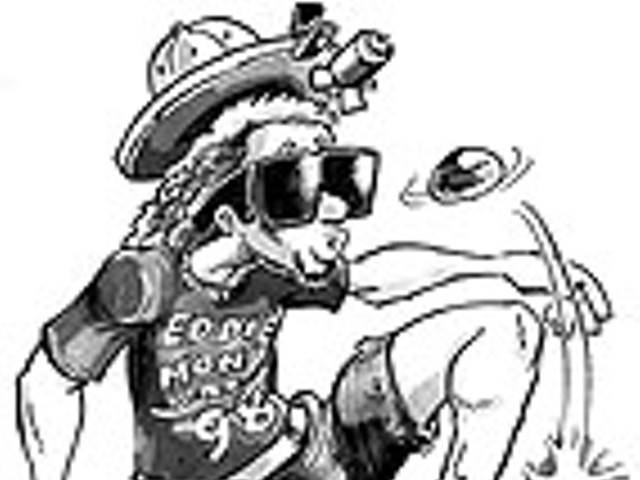When Michigan finally warms up in June and July – so hot we think of nights as a cool relief – our eyes turn, sometimes accidentally, to the sky. If a road trip, camping trip, or night’s drive into the country takes us away from the light pollution of metro Detroit, we suddenly remember why stargazing is one of the most calming, romantic and memorable things to do.
From city or suburbs, basic stargazing includes observing the moon, major constellations and a couple of planets. But for a really dark sky full of stars, local astronomers often head to state parks and Metroparks west of the metro area.
South of Detroit – or east into Canada – works fine, but at sites to the north, the huge glow of Detroit’s lights fills much of the southern sky, blotting out an area that’s especially dense with interesting things to see.
Take warm clothes – it’s easy to forget how cold summer nights in Michigan can get – and mosquito repellent.
Astronomers also recommend a flashlight with red cloth or paper taped over it; white light will mess up your night vision, but red light won’t. A good pair of binoculars will bring the moon and some star clusters closer.
"To get the full appreciation of (the night sky), you need to do a little bit of homework before going out," says Mark Deprest, president of the University Lowbrow Astronomers in Ann Arbor. When the whole sky is lit up with stars, it’s easy to get lost. Deprest recommends bringing along the latest issue of Astronomy or Sky and Telescope, which tell which constellations come out in the summer, and where the planets will be.
For the casual stargazer, simply take a book or map of constellations with you and see how many you can pick out.
Look straight up at about 10 p.m. in June and July, and you’ll see the Northern Cross, part of the constellation of Cygnus. Just north and slightly west of the cross is Hercules, which includes four stars arranged in a shape people describe as a keystone, or a square squished at one end. Inside Hercules is the brightest globular cluster in the sky, which should look especially vivid through binoculars.
The center of the galaxy, the part of the sky densest with stars, lies almost directly south of the cross.
One of the constellations in the area is Sagittarius, which includes a group of stars in the shape of a teapot.
"A lot of people do comet hunting, sweeping the sky with binoculars, looking for faint fuzzies," says Mark Felzien, president of the Oakland Astronomy Club. "The Sagittarius teapot area has tons of stuff ... all kinds of little smudges, nebulae and star clusters."
Nearby, the Milky Way, a faint band of light given off by countless stars, stretches across the sky.
"People have described it as steam coming out of the teapot," says Deprest.
Stargazers will have a good chance to see Mars early this summer. It’s as close to the Earth as it’ll be for two years. Mars will be visible after dusk in the southern sky, looking like a bright star with an orange tint. Through a good telescope, you should be able to see it as an orange disc, and may be able to see its polar ice caps.
For the early part of the summer, Venus still appears in the west after dusk – it’ll be the brightest object in the sky besides the moon.
You’ll have to wake up really early to see Jupiter and Saturn; they’ll be in the southern sky just before dawn all summer.
If you have binoculars, take some time to look at the moon. "Individual craters start to pop out really well, even with low power binoculars," says Felzien. He says it’s best to look at the moon when it’s less than full.
"You get the light not shining directly on moon. It brings out craters in 3-D relief, with the rims lit, and the bottoms in shadows."
If you want to see the stars through a telescope, many local astronomy clubs hold star parties and open houses during the summer.
The University Lowbrow Astronomers hold open houses at Peach Mountain Observatory on North Territorial Road north of Dexter. They happen on the nights of June 12 and 19, July 10 and 17, and Aug. 7 and 14. Seventy-five to 300 people usually attend. Club members share their telescopes, setting up views for anyone to look at.
Several local astronomy clubs join together for an annual public star party that attracts as many as 10,000 people to Martindale Beach in Kensington Metropark. It’s Aug. 20 and 21 this year.
Five thousand people have turned out for past Ford Amateur Astronomy Club star parties at Island Lake State Recreation Area in Brighton; this year’s party is on Sept. 18.
The Ford Amateur Astronomy Club’s hotline is 313-390-5456, and the University Lowbrow Astronomers’ hotline is 734-480-4514. For Web links to other local astronomy clubs, go to kode.net/~dougbock/clubs.html.





